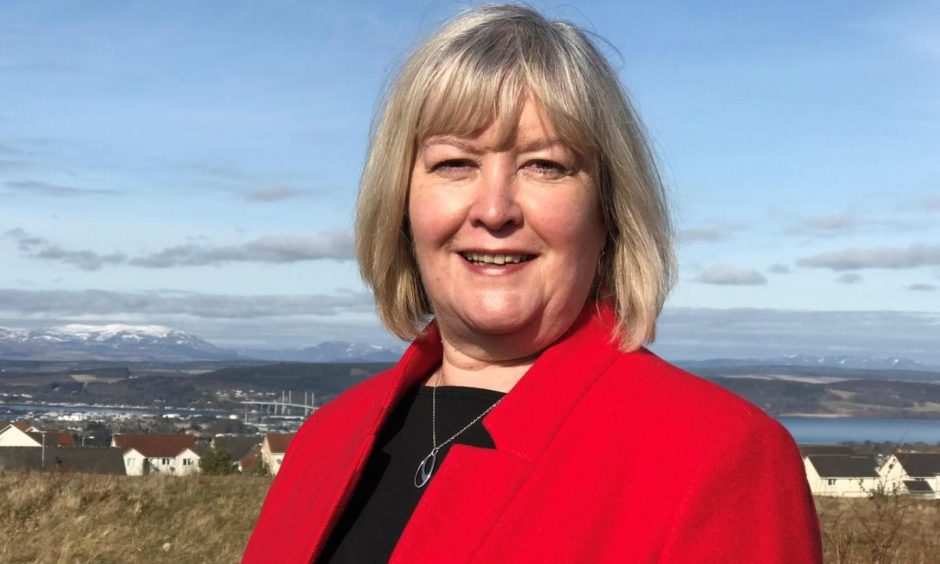The UK Government’s online safety proposals, designed to tackle “online harms”, have faced scrutiny since being announced last month.
Their impact, or otherwise, on free speech – a most vital liberty – will be a central concern. However, it is not the only threat posed by these proposals.
A little-known clause in the draft Online Safety Bill seeks to remove safeguards approved by parliament in 2017 which were designed to curb children’s access to online pornography.
Part 3 of the Digital Economy Act called on commercial pornography sites to verify the age of their visitors, thereby barring access to children. It also sought to establish a regulator of “extreme” and violent content.
These safeguards are vital. The world’s leading pornography sites are home to countless, degrading videos which fuel negative attitudes towards women and, in the worst instances, inspire actual physical attacks. We cannot risk our most vulnerable citizens, children, stumbling across these sites because online safety legislation does not cover all commercial providers.
Commercial pornography websites could slip through the net
Part 3 of the Digital Economy Act was supported by children’s charities, women’s groups, campaigners, and parliamentarians on all sides. It has been sitting ready to be brought into force for some time. But ministers want to abandon the plans. It isn’t at all clear why.
The irony of ministers abandoning age verification protections for children via ‘online safety’ proposals has been pointed out by several groups
The UK Government claims that the online safety proposals supersede the provisions in Part 3 of the Digital Economy Act. However, the new Online Safety Bill plans currently focus exclusively on websites which host “user-generated content”. Commercial pornography sites which do not allow this could slip through the net, remaining just as accessible to children.
The irony of ministers abandoning age verification protections for children via “online safety” proposals has been pointed out by several groups. In May, a joint letter signed by 60 people, including representatives of children’s charities and women’s groups, urged the prime minister to change course.
Read more: Child welfare charities slam decision to scrap online pornography safeguards
Holyrood can’t bring the legislation in alone
Scottish politicians recently added their voices to calls for Part 3 to be brought into force. The legislation is UK-wide – Holyrood cannot enact such safeguards itself. A motion in the name of Highland MSP Rhoda Grant, backed by MSPs across party lines, expressed “concern” over the failure to implement Part 3 and called on the UK Government to change course.
Grant commented: “Access to some of the most violent forms of illegal pornography normalises violence against women and girls at a young age, and will perpetuate the scandal of women in our society suffering abuse, violence and sexual attacks.”
No justification for leaving children unprotected
Some have suggested that age verification controls be incorporated into the new online safety legislation. The problem with this approach is that the online safety regime may not be ready until 2024. Children would be left without protection for years.
A better solution would be to enforce, rather than abandon, Part 3 of the Digital Economy Act. This provision is “oven ready”. It could be implemented within weeks.
There can be no justification for allowing a gap in UK law that leaves children without adequate protection. With Scottish politicians now also asking for action, the onus is on the UK Government to act.
The consequences of not doing so would be very negative indeed for women and children.
Jamie Gillies works for Christian campaign charity CARE for Scotland, and is a political commentator and campaigner


